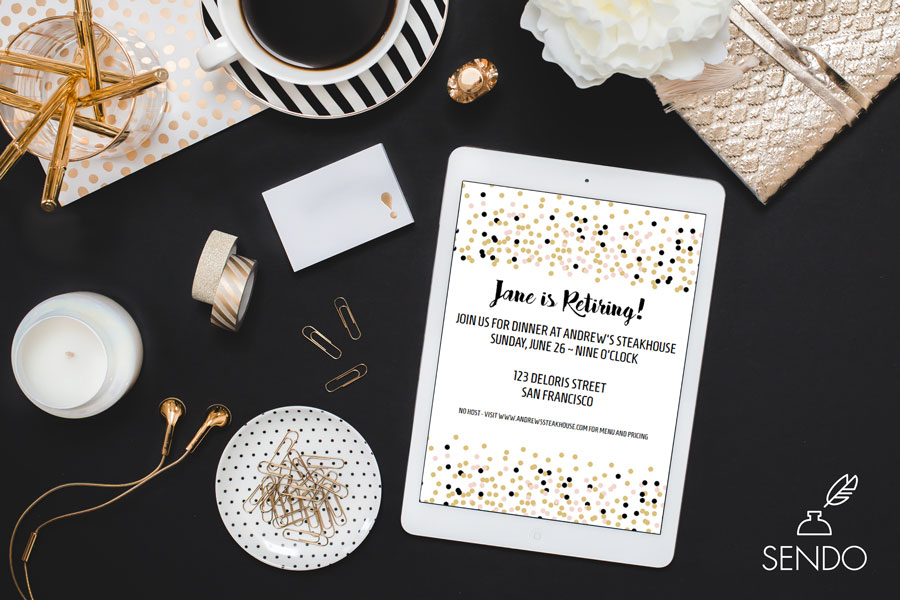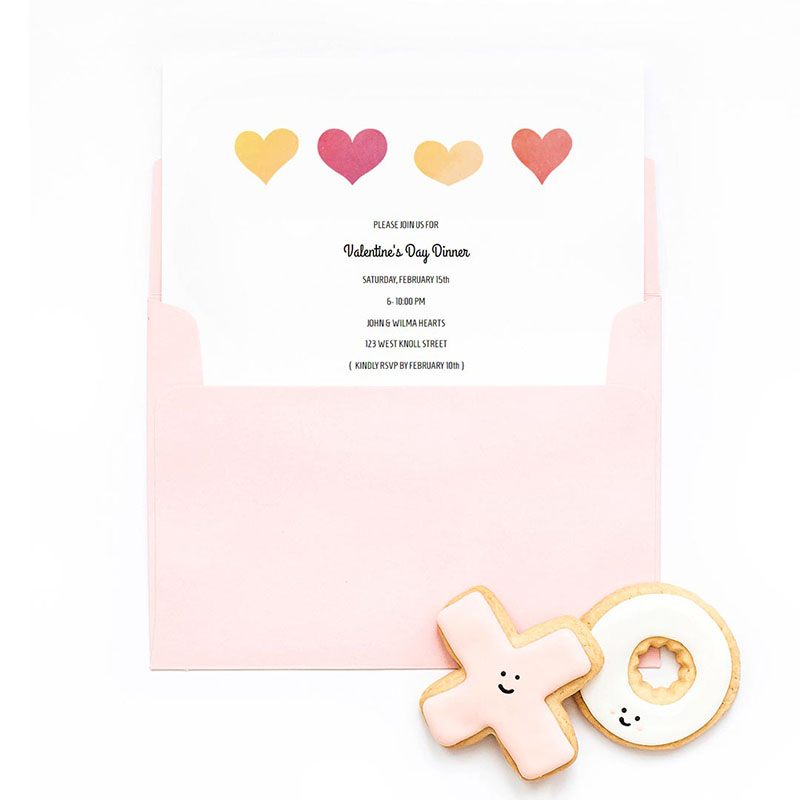
How to Write Clear and Elegant “Plus One” Wording for Your Invitations
Let’s talk for a minute about the bane of wedding invites: plus ones. If you’ve ever drafted a guest list, you most likely know that plus ones can be a big problem. In a perfect world, sure, we’d love to have everyone bring someone along. But the unfortunate fact is, often there’s just not enough room in the budget for the extra space, food, drinks, and favors that plus ones take up. As a result, decisions have to be made about who can bring a guest and who will have to fly solo. Learn how to write clear and elegant plus one wording here:

Who Traditionally Gets a Plus One?
This will purely come down to your own decision-making, but typically any guest who is married should be able to bring their spouse; guests who are engaged should be able to bring their betrothed, and guests who have been living with a partner for a long time should be able to bring that person. Besides these generalities, who gets a plus one will be entirely up to you.


Creating a Clear and Elegant Message
There are bound to be some guests on your list who you’ll have to inform that they must come alone—so the question is, when it comes to wedding invitations, how do you word this request in a way that is both clear and delicate at the same time?
This will come down to your personal taste and the level of formality of your wedding. However, we find that the wording below is short, sweet, clear, and elegant:
By adding the exact number of seats that you’ve reserved for each specific guest, they receive the message—gently—that they cannot bring a plus one or it will be inconvenient.
This wording also works well to clear up the dreaded “children or no children” issues that can often arise with weddings. By writing in the clear number of seats you’re reserved for the invitee, there will be no question of if the kids are invited (or a plus one).

What about the Envelopes?
Another thing to remember about plus ones and invites is who you are addressing on the outer and inner envelope.
- If you invite a guest who is single and they are not getting a plus one, both their outer and inner envelope should include their name only.
- A guest who does get a plus one, the outer envelope should include their name alone—and the inner envelope should include their name “and guest”.
- If you are sending online invitations, include the names at the beginning of the email.
As with every aspect of wedding planning, the invitations and the specific wording you decide to use will all come down to what you want. But hopefully these examples give you a little insight and help to how plus one wording should be. Remember, clarity is key. Believe it or not, many people think that they can simply bring someone along to a wedding without asking. So when it comes to your invites, the clearer, the better!

Tori Green is a wedding industry writer for wedding venues in Los Angeles.




